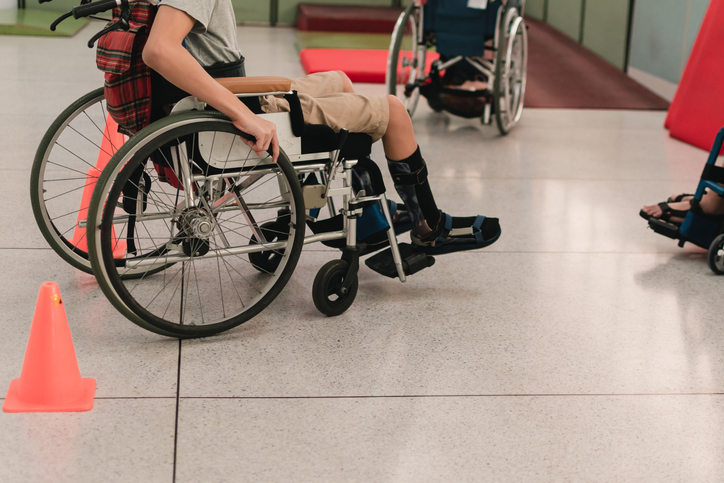Treatments
What Types of Treatment Can an Occupational Therapist Offer?

What is an occupational therapist?
The role of an occupational therapist, or OT, is to help individuals maintain independence by teaching them ways to modify everyday tasks and activities that they can no longer do or have difficulty completing on their own. This could be due to certain conditions, such as autism, ADHD, sensory processing disorder, Alzheimer’s, arthritis, traumatic injury, stroke, etc. An OT can help individuals learn how to use assistive technology, learn different ways to complete tasks, suggest safety measures for the home, and train caregivers. Some OT’s help with cognitive aspects of daily life, such as helping with organization, routines, and problem-solving.
Types of treatment offered by a OT
Occupational therapists offer various types of treatments based on a person's needs in their daily life. The main goal is to increase functionality and gain independence. Examples of treatment that an OT may offer include help with assistive devices, teaching adaptive living, home safety, physical training, speech therapy, cognitive functioning, and caregiver training.
Assistive devices
An OT can prescribe assistive devices, such as walkers, wheelchairs, crutches, shower seats, etc. Additionally, they can train on proper usage. Misuse of assistive devices can be dangerous.
Adaptive living
An OT can teach different methods of completing tasks, such as buttoning a shirt, tying shoes, holding a pencil, etc., to create less stress on the body, or that may be more feasible for the individual. Often, individuals get accustomed to doing things a particular way. However, other techniques may be more effective under certain circumstances. An OT can help individualize tasks for optimal results.
Safety
Home safety tips can be provided by an OT. This could include suggestions on how to prevent falls, make a home handicap accessible, safely showering, etc.
Physical training
Individuals who have had a stroke, have cerebral palsy, or experience a similar condition may have difficulties with balance and strength. An OT can work with these individuals to help them regain strength and balance. They can also help with motor skills and hand-eye coordination.
Speech training
When speech is impacted by a condition, an OT can help a person re-learn how to form different sounds with their mouth. They may teach exercises to build the muscles in the mouth, tongue and throat in order to make the sounds.
Cognitive functioning
For individuals who struggle with memory, organization, planning, etc., an OT can help develop a system that provides structure in their life. This might include using a planner, journal, notes, voice memos, task lists, etc.
Caregiver training
Oftentimes, an OT will train a caregiver on how to best assist an individual. This could include ensuring they know the safety measures, how to safely use assistive devices, how to implement organizational methods, etc.



















